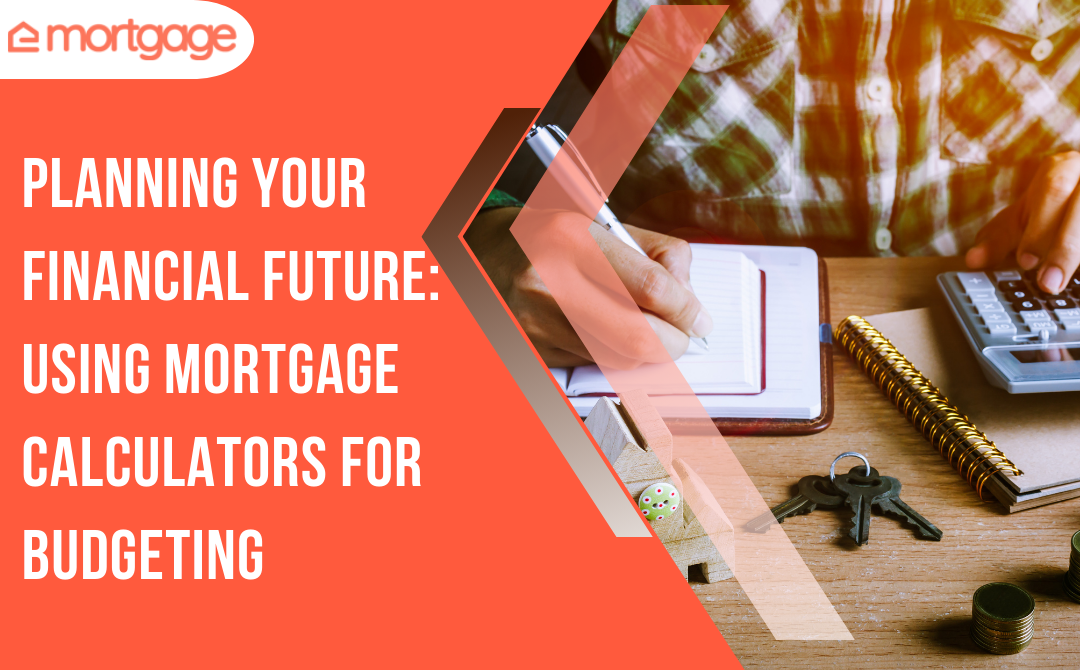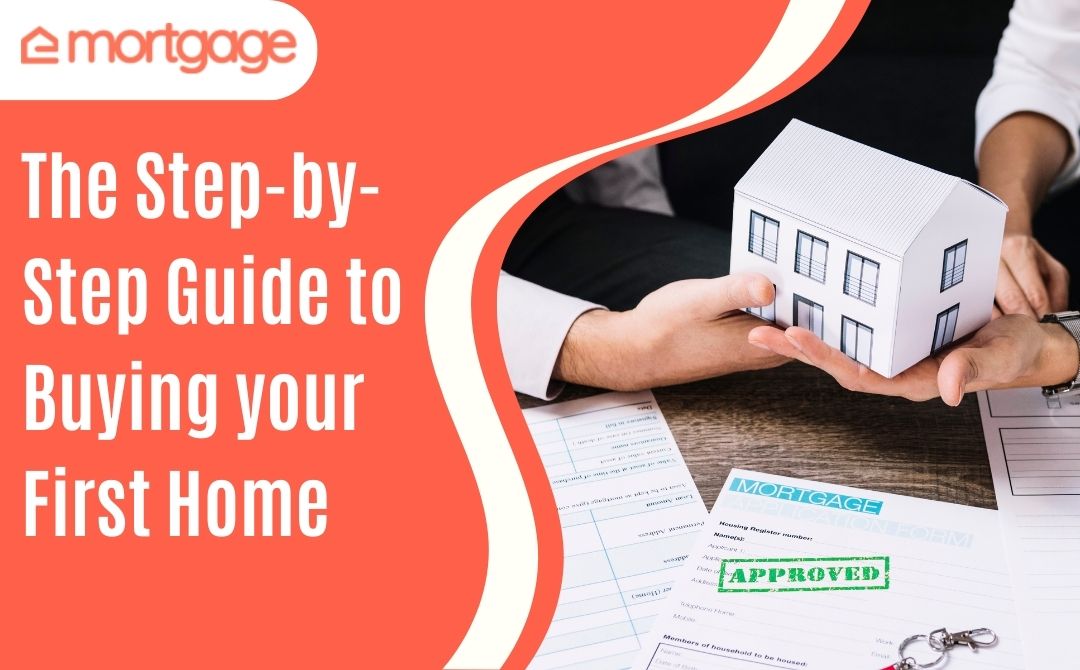Refinancing is the process of taking out a new loan to pay off an existing loan. Refinancing a mortgage in the UAE can be a great way to save money on your monthly payments or to get cash out of your home equity.
Many different lenders offer mortgage refinancing in the UAE, so it is important to compare rates and fees before choosing a lender. It is also important to consider the terms of your new mortgage, such as the interest rate, repayment term, and other features. Make sure you understand all of the terms before agreeing to anything.
How to Refinance Your Mortgage?
The process of refinancing a mortgage is similar to the process of applying for a new mortgage. You will need to compare rates and fees from different lenders and choose the right broker and a loan according to your needs.
Once you have found the right lender, you must get pre-approved for a new mortgage. This process involves submitting a mortgage application and providing supporting documentation.
After your application is approved, you will sign loan documents and pay any closing costs associated with the new mortgage. Once everything is finalized, your old mortgage will be paid off, and you will start making payments on your new loan.
Benefits of Refinancing a Mortgage
- Save money on your monthly payments: If interest rates have dropped since you took out your original mortgage, you may be able to save money on your monthly payments by refinancing.
- Pay off your home loan early: If you have extra cash, you can make larger payments on your new loan to pay it off early.
- Get cash out of your home equity: If you have built up equity in your home, you may be able to get cash out by refinancing. This can be used for home improvements, debt consolidation, or other purposes.
- Shorter repayment term: If you want to pay off your mortgage faster, you may be able to get a shorter repayment term by refinancing. This will also save you money on interest payments over the life of the loan.
- Get rid of private mortgage insurance: If you have private mortgage insurance (PMI), you may be able to get rid of it by refinancing.
Drawbacks of Refinancing a Mortgage
- You may have to pay fees: There are usually fees associated with refinancing, such as appraisal fees, loan origination fees, and closing costs.
- Have to pay pre-payment penalties: Some mortgages have pre-payment penalties that apply if you pay off the loan early. These penalties can add up, so be sure to factor them into your decision.
- Monthly payments could go up: If interest rates have gone up since you took out your original mortgage, your monthly payments could increase if you refinance.
- End up owing more money:If you extend the term of your loan when you refinance, you may end up owing more money in the long run, even with lower monthly payments. This is because you will be paying interest on the loan for a longer period of time.
- You could lose your home: If you can’t make your payments, you could lose your home to foreclosure. This is a serious risk that you should consider before refinancing.
Types of Mortgage Refinancing
Rate and term refinance
Rate-and-term refinance is a type of mortgage refinancing that offers a lower interest rate and/or term (length of the loan) in exchange for a higher one. The new loan replaces the old loan, and the borrower pays off the balance over the course of the new loan.
No-cost refinance
A no-cost refinance is a type of mortgage refinancing that allows the borrower to take out a new loan without having to pay a fee. The borrower will still have to pay any closing costs associated with the new loan, but they will not have to pay any fees to the lender.
Cash-out refinance
A cash-out refinance gives you part of your home’s value in cash. This increases your mortgage debt but also provides funding that can be used for various purposes, like investment or home improvement. You may qualify for a new term, and interest rate with a cash-out refinance.
Cash-in refinance
You can use a cash-in refinance to lower your loan-to-value (LTV) ratio, which reduces your overall debt burden and possibly lowers your monthly payment while also allowing you to qualify for a cheaper interest rate. You’ll want to think carefully about whether paying the lump sum would prevent you from taking advantage of more lucrative possibilities or waste your money before doing a cash-in refinance.
No-closing-cost refinance
As the name implies, this type of refinancing allows you to refinance your mortgage without paying any closing costs. However, you will likely have to pay a higher interest rate on your new loan. This type of refinancing can be beneficial if you don’t have the money to pay the closing costs upfront.
Short refinance
A short refinance is a type of mortgage refinancing in which the lender agrees to accept a payoff of less than what is owed on loan. This can be beneficial if you cannot make your mortgage payments and are at risk of foreclosure. However, it is important to note that a short refinance will likely damage your credit score.
Reverse mortgage refinance
A reverse mortgage refinance is a type of mortgage refinancing that allows you to access the equity in your home. This can be beneficial if you need cash to pay for home repairs or medical bills. However, it is important to note that a reverse mortgage refinance will likely increase the amount of interest you owe on your loan.
Debt consolidation refinance
A debt consolidation refinance is a type of mortgage refinancing that allows you to consolidate your debts into one loan. This can be beneficial if you have multiple debts with high-interest rates. However, it is important to note that you will likely have to pay a higher interest rate on your new loan.
Streamline refinance
A streamline refinance is a type of mortgage refinancing that allows you to get a lower interest rate without going through the typical mortgage application process. This can be beneficial if you have a good payment history on your existing loan and want to lower your monthly payments.
Documentation Required for Refinancing in the UAE
- Proof of income, assets, and debts
- Mortgage application
- Property appraisal
- Valid Passport & Emirates ID copy
- Three-month bank statement
- Liability Letter (if applicable)
How Emortgage helps you in Refinancing
Emortgage is a well-reputed entity in the refinancing mortgage field. We will help you at every step with a team of experts who will guide you through the process and get the best possible options. We will work with you to find the right type of refinancing for your needs and help you get the best interest rates.
Contact us today to learn more about how we can help you refinance your home.
Check your monthly mortgage in less than a minute
Conclusion
Refinancing a mortgage can be a great way to save money or consolidate debts. It is important to carefully consider your options before refinancing, as there are many different types of refinancing available. Emortgage can help you in finding the right type of refinancing for your needs, and we will help you get the best interest rate possible.
FAQ
Refinancing means taking out a new loan to replace an existing loan. The new loan may have different terms than the existing loan, such as a different interest rate or repayment period.
The process of refinancing a loan starts with an application, just like when you originally obtained the loan. Once you are approved for refinancing, you will use the new loan to pay off the existing loan.
Refinancing is done for a variety of reasons. Some common reasons to refinance are to get a lower interest rate, to consolidate debts, or to access the equity in your home.
Most types of loans can be refinanced, including mortgages, auto loans, and student loans.




